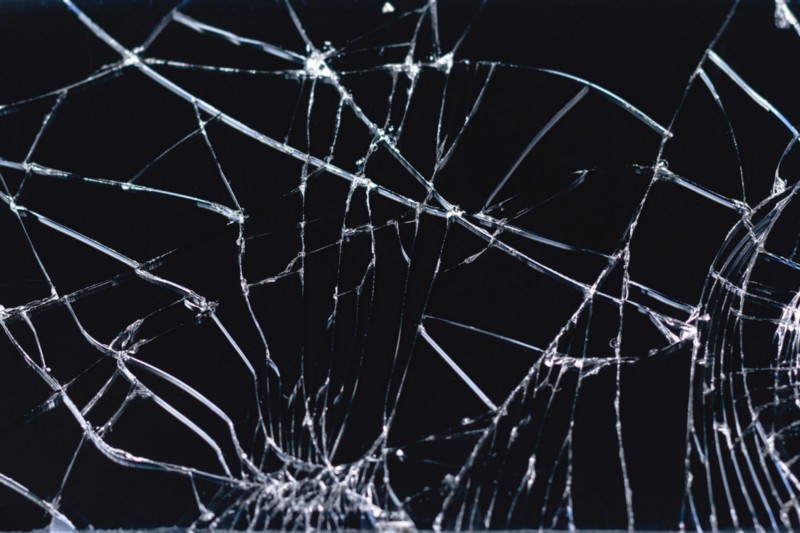
New research published in the Proceedings of the National Academy of Sciences describes how external forces drive the rearrangement of individual particles and shape microlevel structures in disordered materials. The study, conducted by graduate student Larry Galloway, postdoc Xiaoguang Ma, and faculty members Paulo Arratia, Douglas Jerolmack, and Arjun Yodh, provides new insights into how the microscopic structure of disordered, glass-like solids is related to external stressors and the resulting shifts in the motions of individual particles. These findings provide potential new approaches for creating customizable materials that have unique mechanical properties.
Throughout history, people have looked for ways to make materials more resilient, flexible, and durable, whether it be Damascus steel swords or vulcanized rubber. Nowadays, state-of-the-art imaging technologies allow scientists to study materials at the atomic level, but even with this enhanced resolution it remains a challenge to study materials when they are under external forces. This makes it difficult to develop “bottom-up” design approaches that can imbue materials with specified mechanical properties.
One class of materials that are particularly challenging, both to study and to manipulate, is disordered materials. Unlike ordered materials, which have crystalline structures with atoms in well-defined predictable locations, like on a honeycomb lattice, the atoms in disordered materials are arranged randomly, like grains in a pile of sand. Disordered materials, such as the glass used in smartphone screens, have many useful properties but are fragile if dropped or crushed.
To better understand how disordered materials could be modified in a way that gives them new properties, the researchers studied them during plastic deformation. This process, where the material is driven to flow and the atoms, molecules, or particles that make up the material can easily slip past one another, causes permanent rearrangements in the material’s overall structure. The researchers’ goal was to look for quantifiable relationships connecting a material’s ability to change under the influence of external stress to how the individual particles rearrange.
Continue reading at Penn Today.
